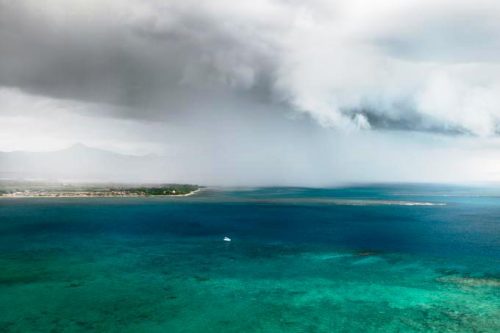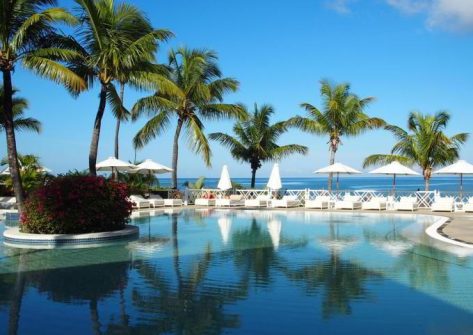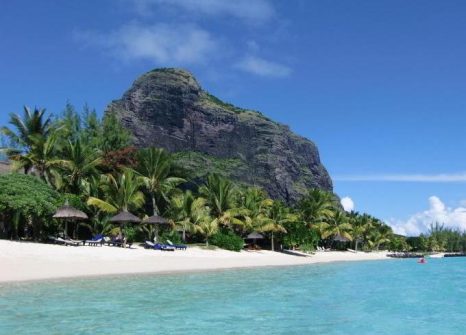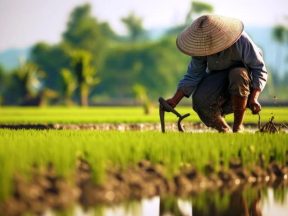Climate Crisis. Saving the Environment and Tourism.

Mauritius is being hit hard by rising sea levels and coastal erosion. This has serious implications for the tourism sector, which is vital to the state budget.
Mauritius contributes to the world’s greenhouse gas production with an insignificant share, equal to about 0.01% of the total. However, the islands are hit hard by the climate crisis that these elements have helped to produce. Significant effects are to be seen on their climate system and important resources for development such as marine resources, agriculture and water, with repercussions for human health and the tourism industry. To give an idea of what we are talking about, the average temperature of the archipelago has increased between 0.74 and 1.2 degrees Celsius compared to the period 1961-90, while in the last ten years, the rise in sea level has increased twice the terrestrial average. In the same period, the amount of precipitation has decreased by 8% compared to the 1950s. The consequences are multiple: in the country, the start of the summer rains has moved; the pressure on the water network has increased and it must also cope with an increase in demand. Very heavy rainfall and extreme weather events have also increased, resulting in the so-called flash floods, with the consequent interruption of some socio-economically relevant activities.

A thunderstorm approaching the coast of the island of Mauritius. The frequency of storms with cyclonic intensity has increased significantly in the last two decades. 123rf
Mauritius is located in the cyclone belt of the southwestern Indian Ocean: tropical cyclones usually pass around the islands at a distance of less than 100 kilometres and occasionally very close to or even on the territory of the archipelago, causing serious damage. The frequency of storms with cyclonic intensity has increased significantly in the last two decades, due also here to climate change.
Between February and March 2023, the Indian Ocean region where Mauritius is located was hit by the passage of Freddy, classified as an intense tropical cyclone. It was something even stronger, in fact: it was the longest-lasting cyclone in history to have crossed this band of the Indian Ocean. The disaster caused thousands of victims and billions of dollars in damage in Madagascar, Malawi and Zimbabwe, fortunately sparing Mauritius.The possibility that phenomena of this kind will also be unleashed on the islands in the near future, however, given the context described, cannot be ruled out.

Mauritius has deployed resources to rehabilitate beaches, preserve coral reefs and implement a program to plant one million trees. Photo: Pixabay
The impact of climate change on tourism is significant. The sector is one of the main drivers of the country’s economy, contributing 8% to GDP and creating one in ten jobs. The sector, strong in the pristine white beaches and seraphic lagoons that dot the archipelago, has been growing steadily since the 1950s: in 1975, 74 thousand tourists visited Mauritius; in 2024, they numbered 1.4 million.
Mauritius is particularly vulnerable to a rise in sea levels which causes the ever-increasing erosion of the coastline. This dynamic, in turn, degrades the soil of its beaches, endangering the natural marine habitat with repercussions on the tourism sector. The country has taken courageous decisions to combat the climate crisis and to support the tourism sector. In 2021, a law on climate change was promulgated, establishing a legal framework to accelerate the reduction of climate-altering gases, in line with the commitments made under the United Nations Framework Convention on Climate Change.

Tourism is one of the main drivers of the country’s economy, contributing 8% to GDP and creating one in ten jobs. Photo: Pixabay
The effort to safeguard the islands also concerns the tourism sector. After all, it is now recognized that visitors prefer destinations that consider environmental protection and sustainability. Mauritius has deployed resources to rehabilitate beaches, preserve coral reefs and implement a program to plant one million trees. The government hopes to address the impact of climate change and at the same time increase the number of tourists visiting Mauritius each year to two million by 2030. The industry itself is opting for responsible behaviours such as recycling waste water and creating environmentally sustainable structures, while also engaging in initiatives such as restoring the mangrove ecosystem. (Open Photo: Blue Ocean and Le Morne mountain in Mauritius. 123rf)
Yaaseen Noorbuccus and Rajoo Sachooda



